Festivals in Valencia
Our stay in Valencia did not coincide with the city’s two largest festivals, so we learned about them another way.
Corpus Christi
Just a couple of blocks from our apartment was a small, free museum called Museum del Corpus - Casa de les Roques, or House of the Rocks for short. It was dedicated to the festival of Corpus Christi Valencia.
The Catholic feast of Corpus Christi is 60 days after Easter Sunday, so the festival happens on a Sunday in May or June. It dates back to the 13th century and features traditional dancers and musicians, followed by a procession of floats, and finally a solemn religious procession to Valencia Cathedral.
The House of the Rocks displayed the gegants (giants) and roques (rocks) used for the Corpus Christi processions. The gegants were tall costumes, a fancier version of the mojigangas, or gigantes, that we had seen in Mexico. The Giants of the City were three special pairs of gegants - Christian, Muslim, and Jewish - representing the three cultures that coexisted in Valencia at the time of the Reconquest in 1238. The roques were horse-drawn floats that served as mobile stages for plays about saints and bible stories. All of the gegants and roques were beautifully made, by noted local artists who also create falles (see below).
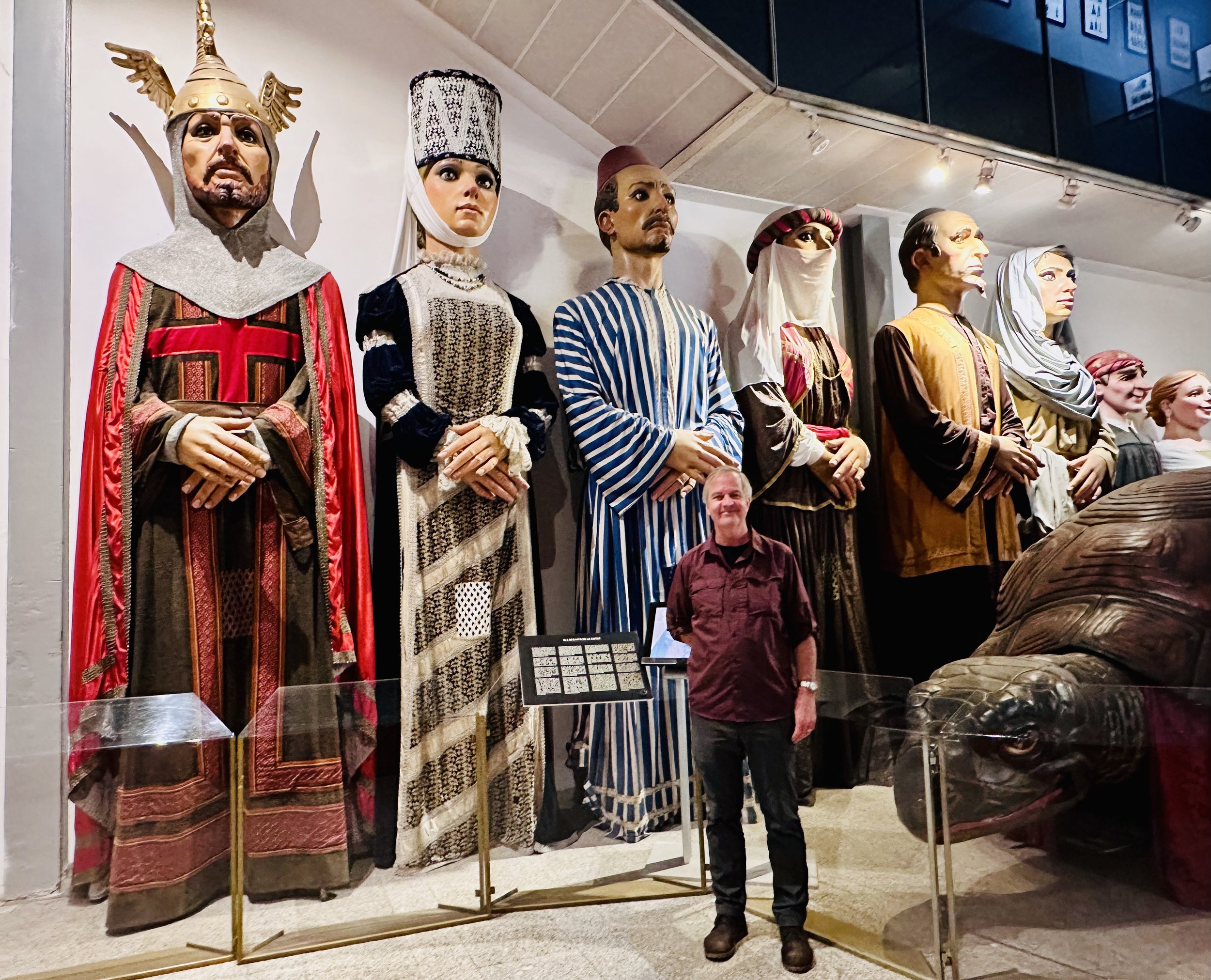
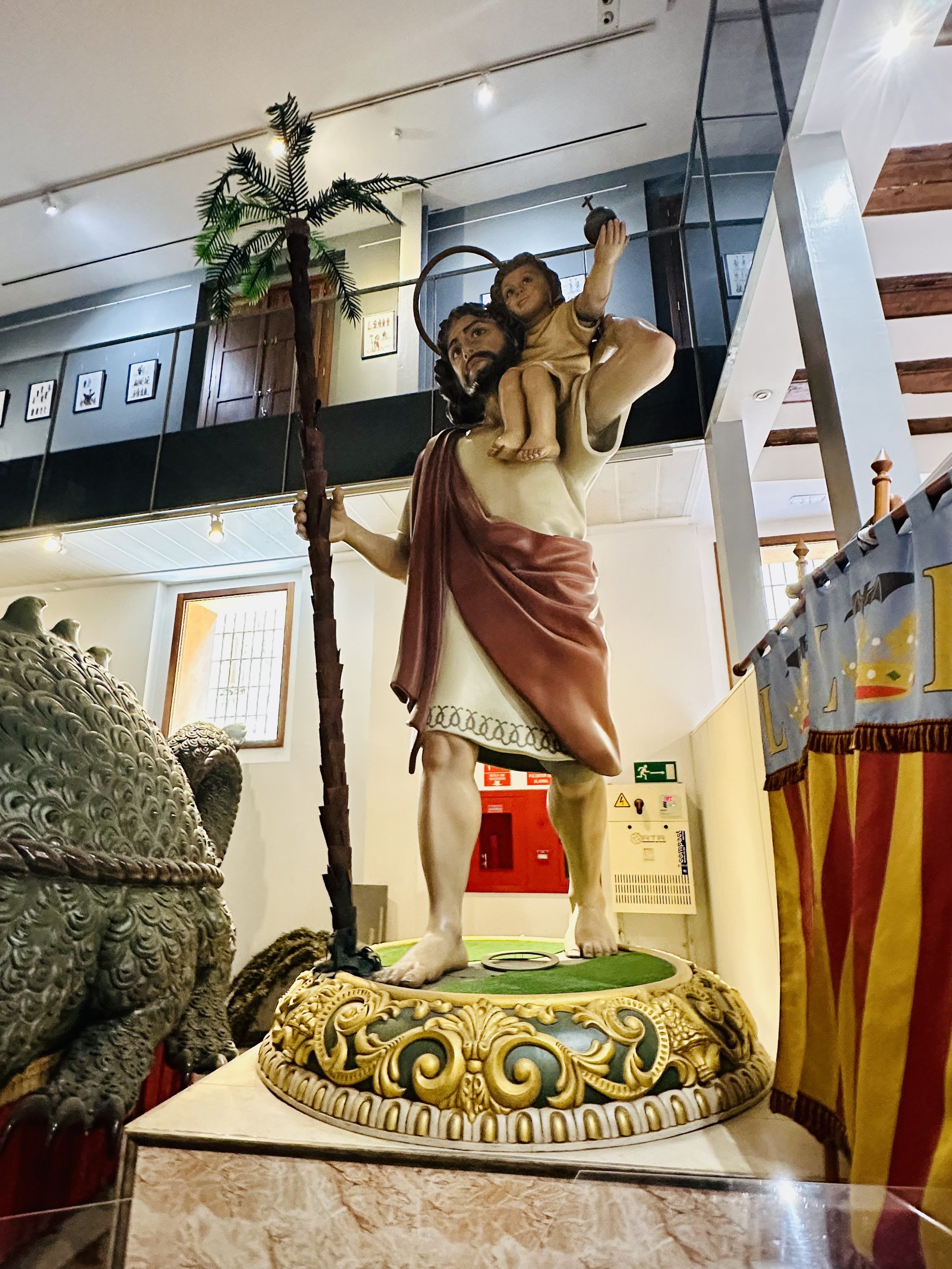
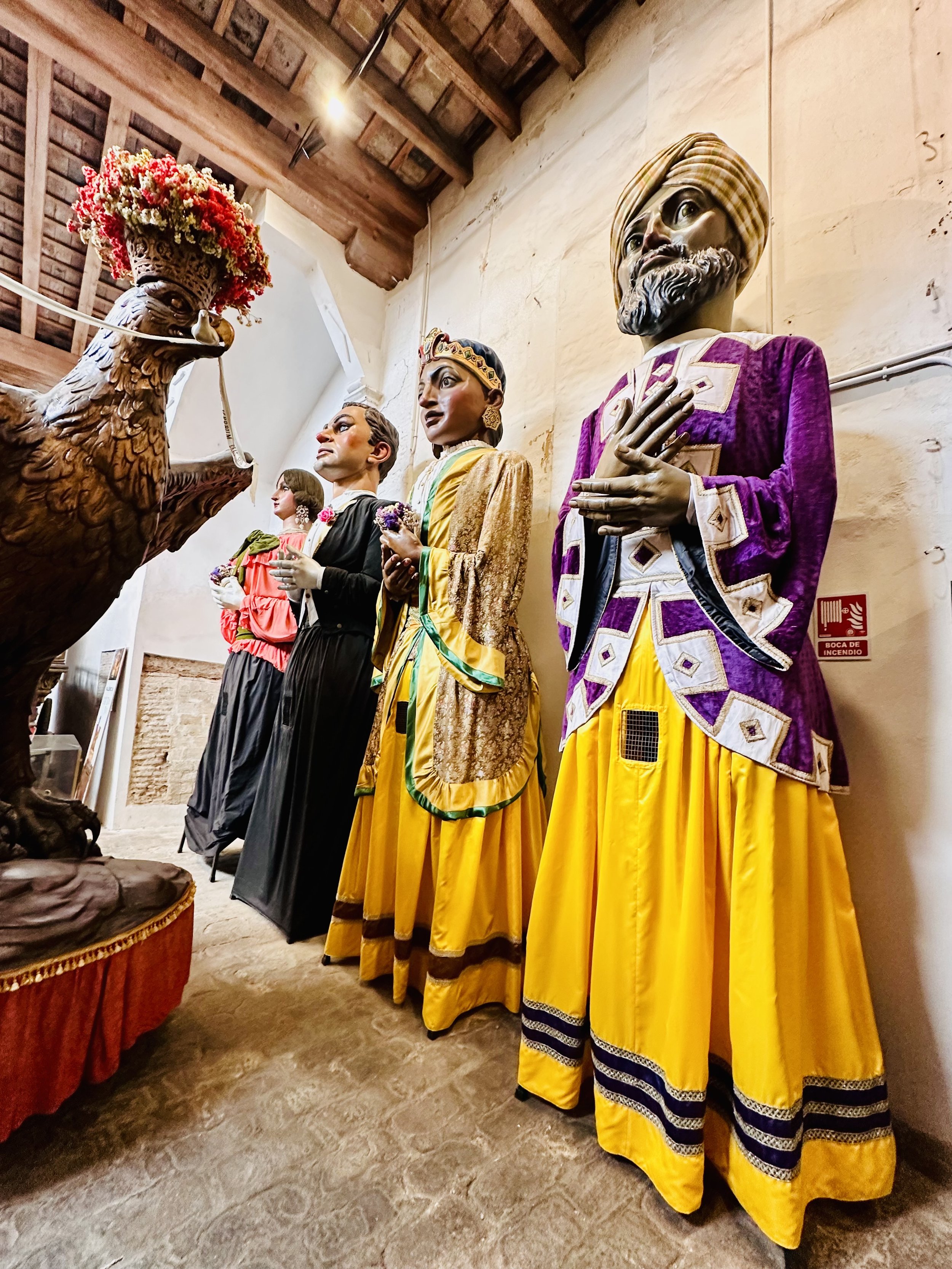
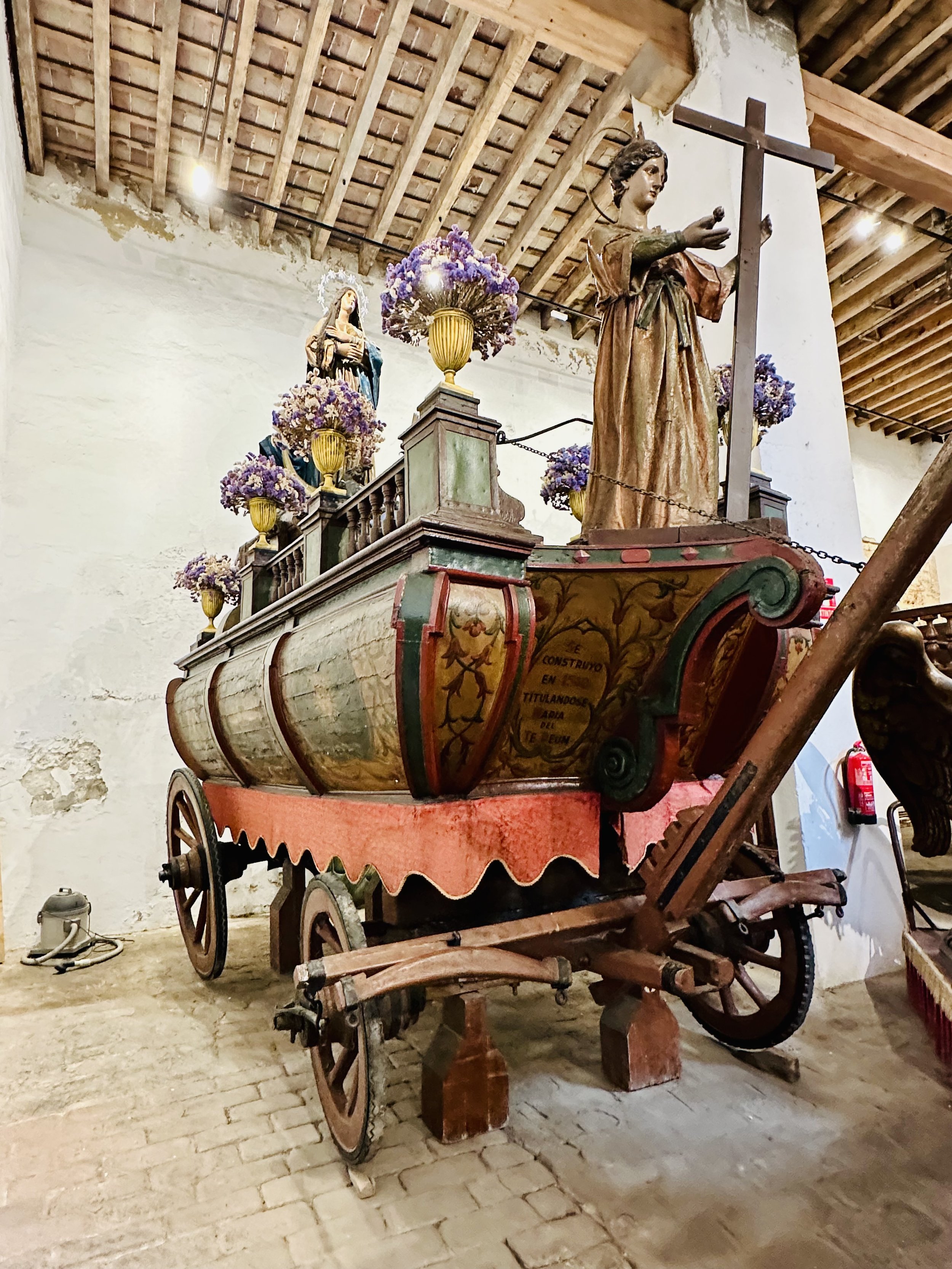
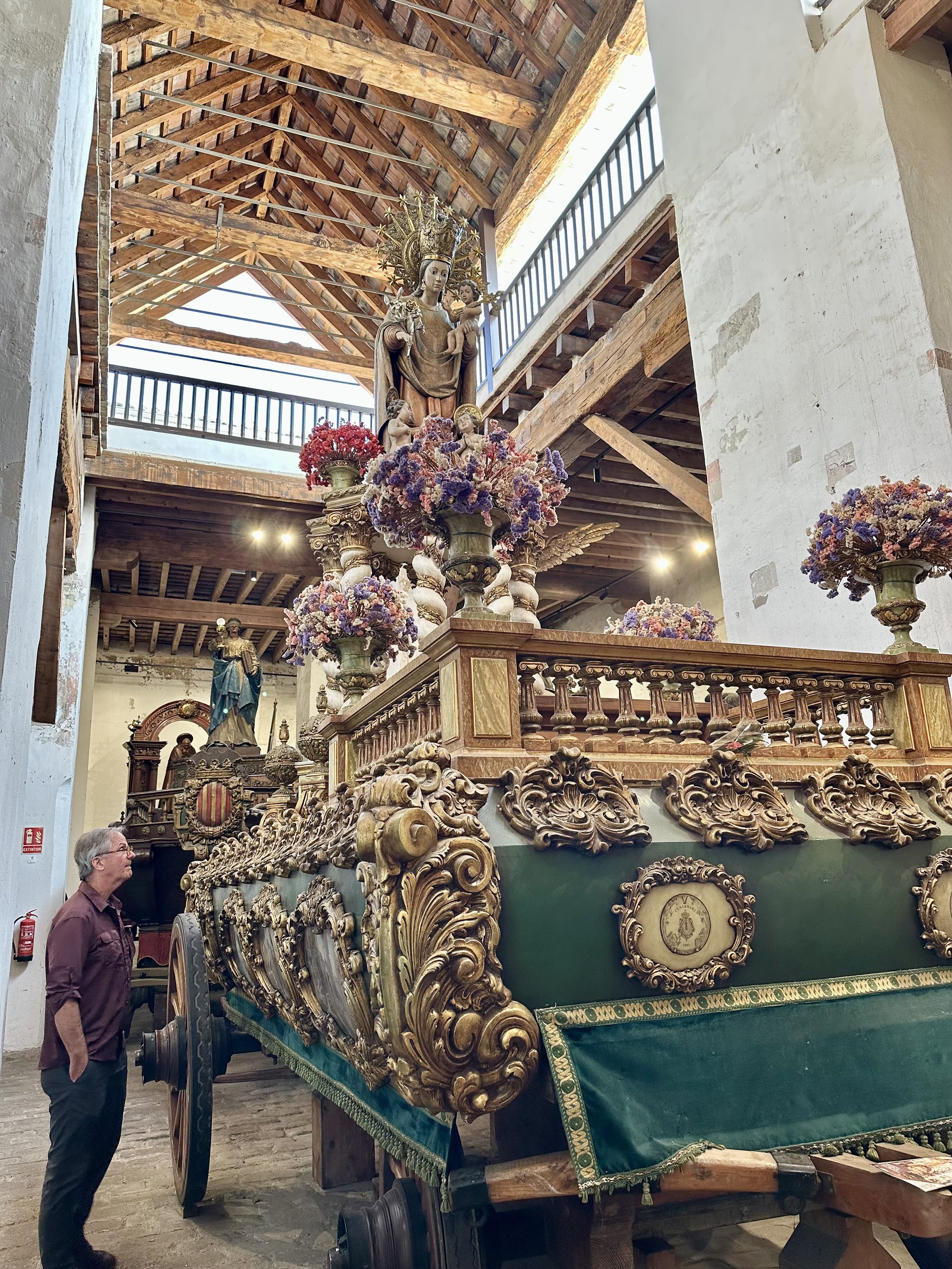
Les Falles
Across the street from Turia Garden, near the City of Arts and Sciences, was the Museu Faller (Fallero Museum), dedicated to Valencia’s biggest and most famous festival, Les Falles (The Fallas). This event takes place annually March 1-19 and is a UNESCO Intangible Cultural Heritage.
“Fallas” is both the name of the festival and the name of the monumental sculptures that are created by local “commissions” (like the krewes for Mardi Gras in New Orleans and Gasparilla in Tampa). The fallas are enormous and complex, some reaching heights of nearly 100 feet. During the last five days of the festival, the fallas are set up in the streets and squares of Valencia. And here’s the most amazing part: on the final night, in an event called the Cremá, every falla is set ablaze with great fanfare. So in Valenca, every year, hundreds of elaborate and beautiful works of art are painstakingly crafted, and then joyfully destroyed! (Images are borrowed - click to view source.)
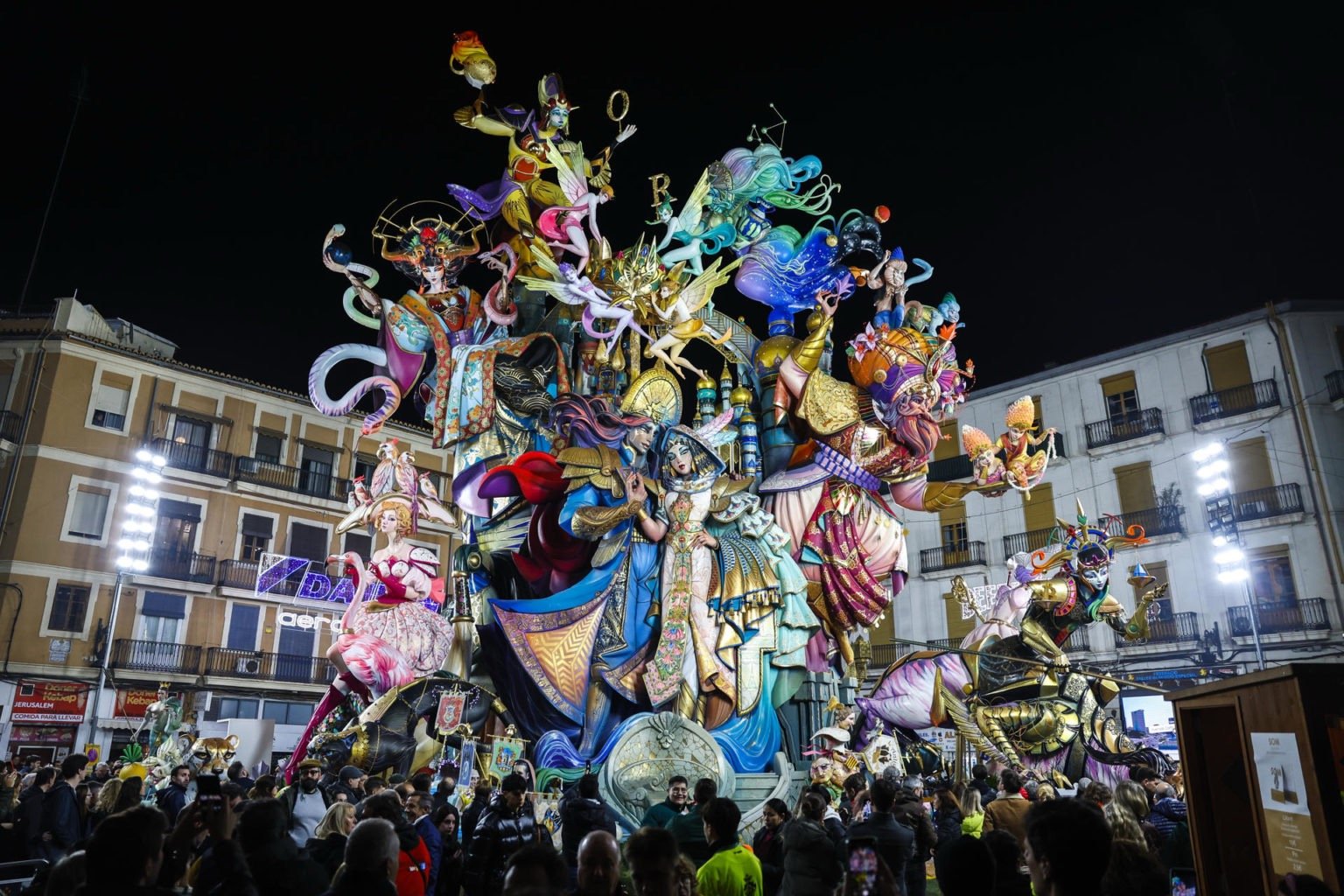

The festival dates back to the Middle Ages, when carpenters burned their wood scraps at the end of winter. Over time, the wood scraps, festivities, and bonfires became increasingly more elaborate, and The Fallas evolved into a celebration of the feast of Saint Joseph (the patron of carpenters) and the arrival of spring.
We had arrived in Valencia a week after the festival, and the 2025 fallas were long gone. But thanks to a tradition called indult de foc (pardon from fire), we were able to see some choice pieces from past celebrations. Every giant falla has a theme, illustrated by a scene with life-sized ninots (dolls or puppets). Each year, one ninot is selected by popular vote and spared from the bonfire, so that it can be preserved for posterity in the Fallero Museum.
The museum displayed the pardoned ninots in chronological order, from 1934 to the present year. It was interesting to watch the themes evolve through the decades, from commentary on social issues, to satirical caricatures of pop culture and politics, to nostalgia for tradition and family values. Some of the ninots were remarkably engineered to balance on one foot or on a tightrope. It was difficult choosing just one favorite ninot from each decade, so I cheated a little and included a couple of extras.
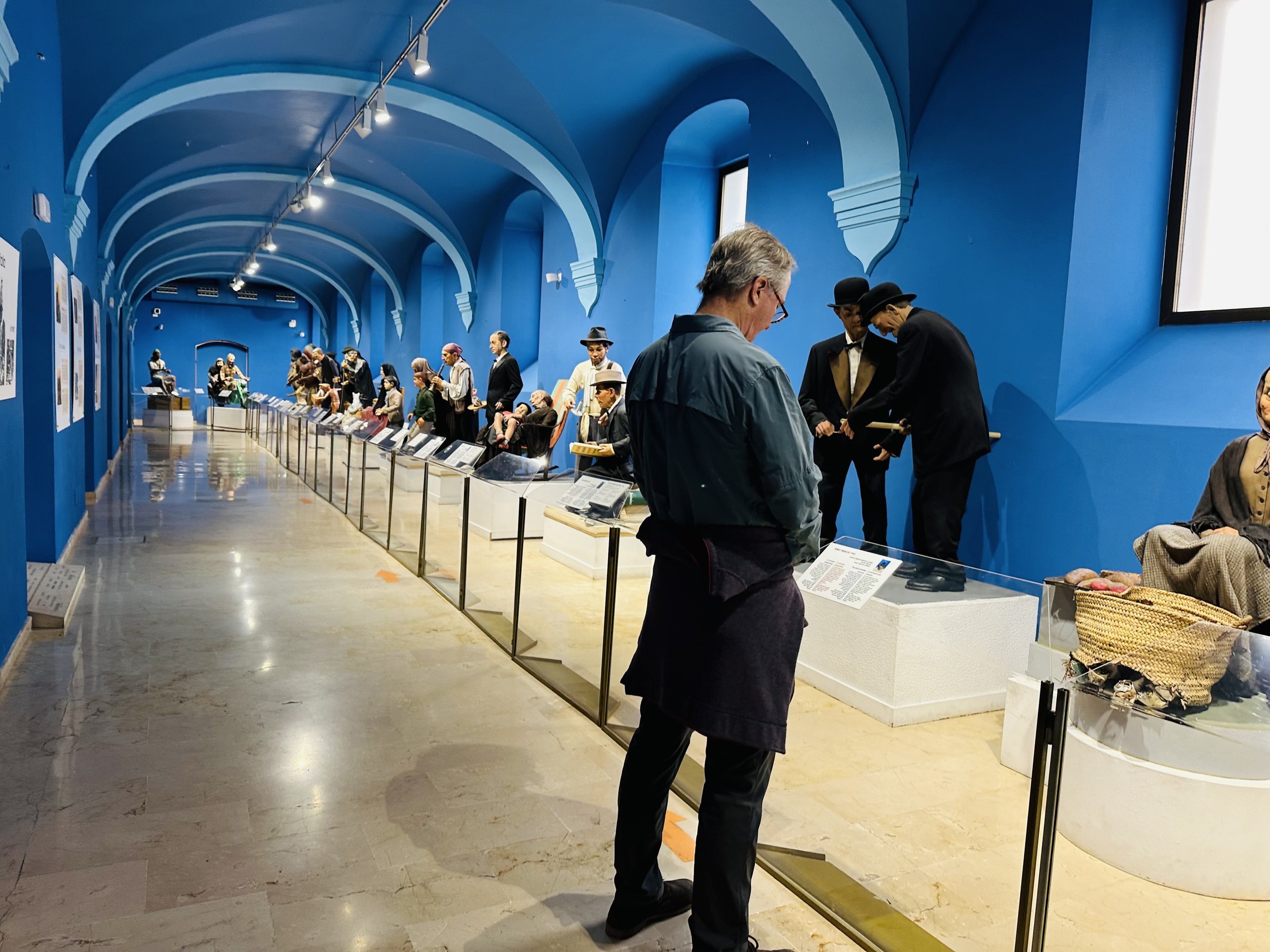
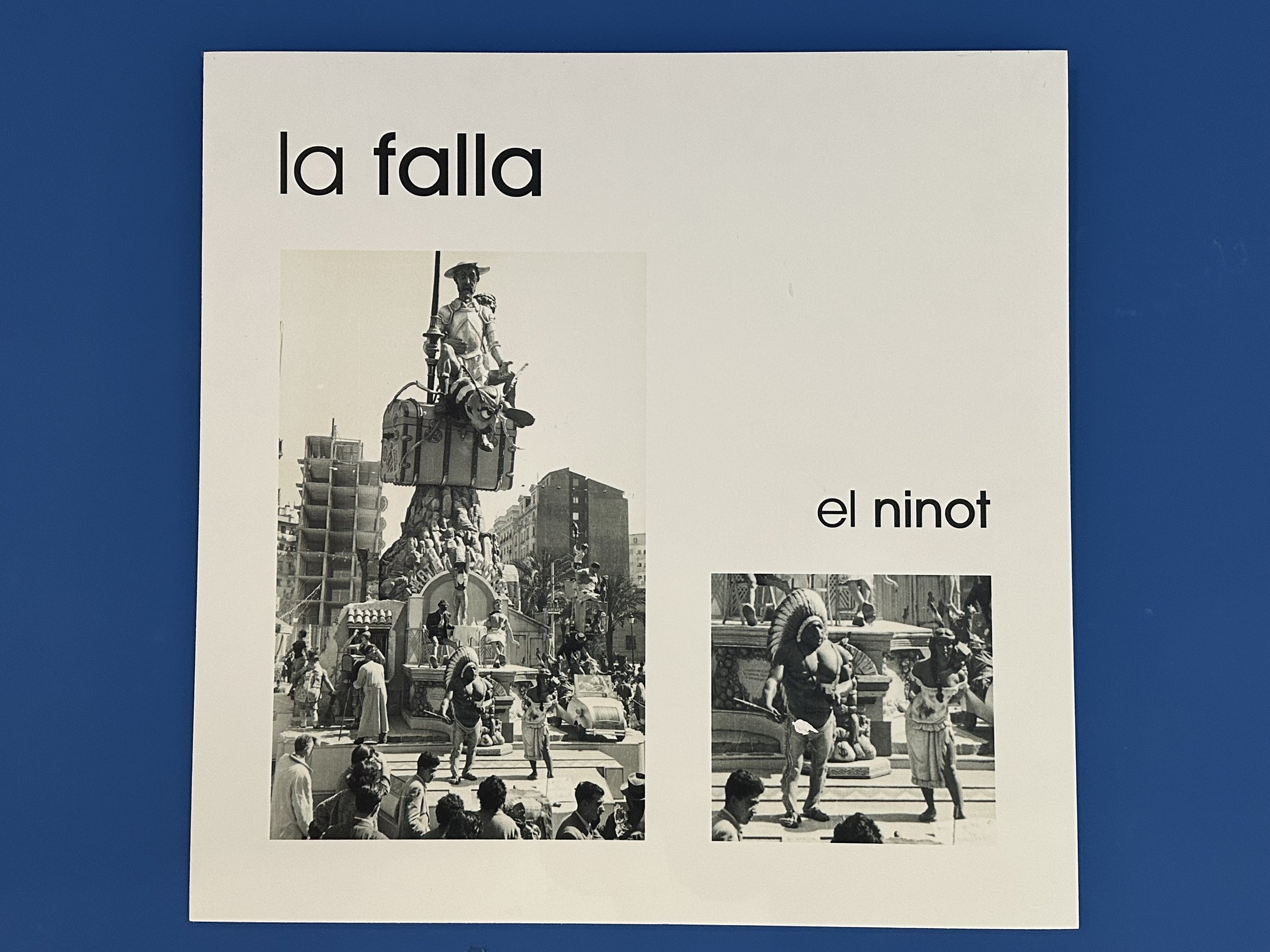
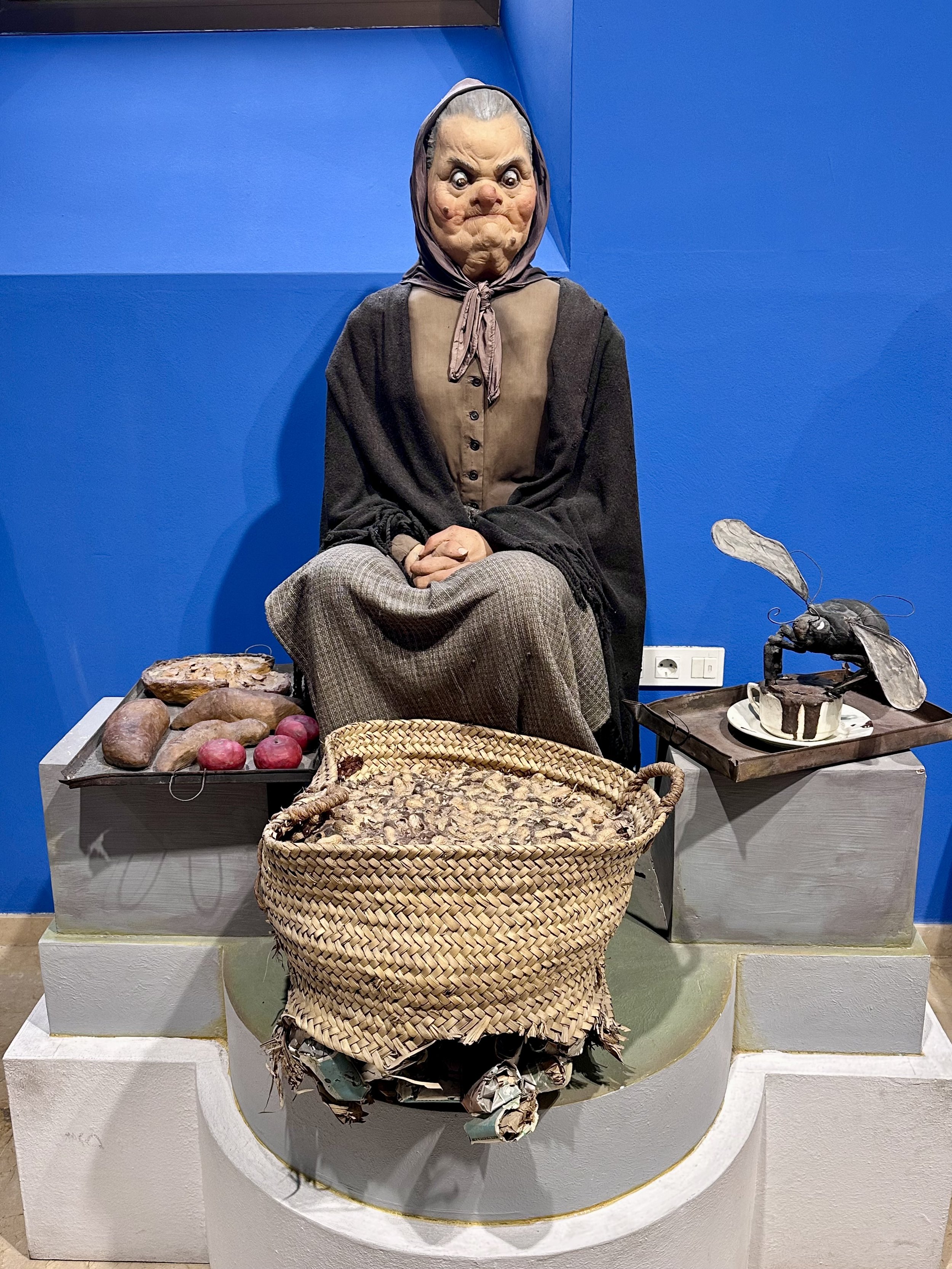
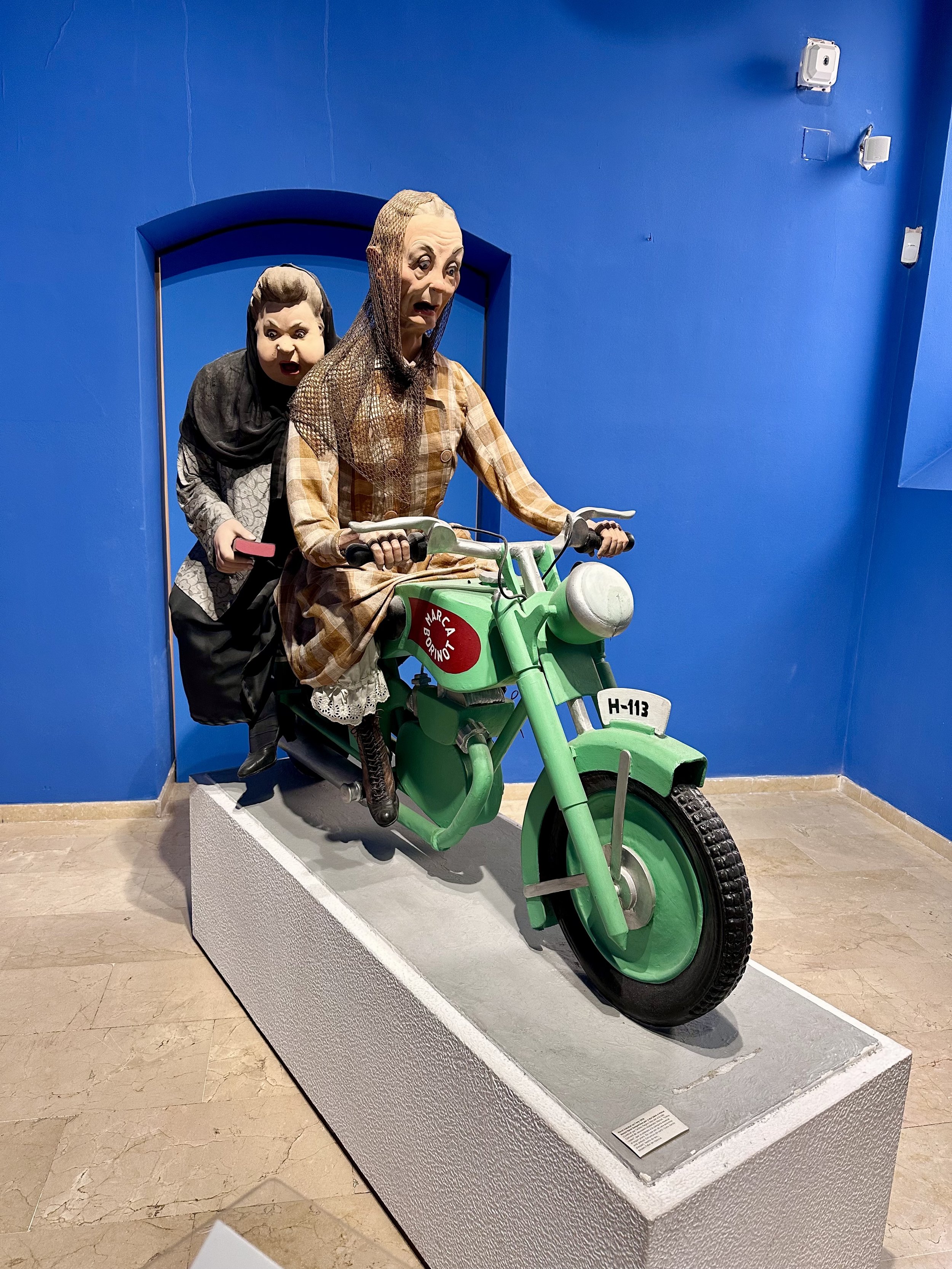
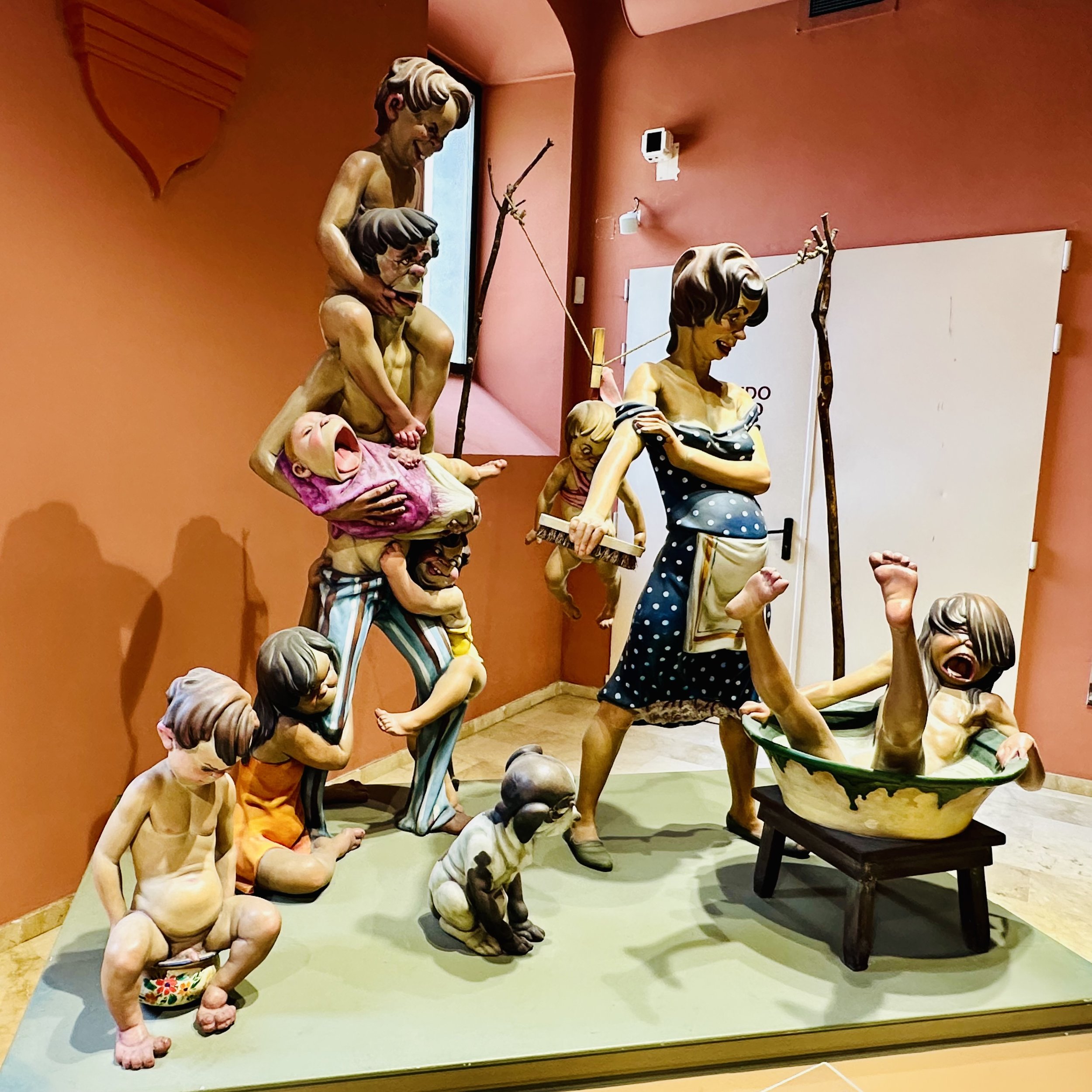

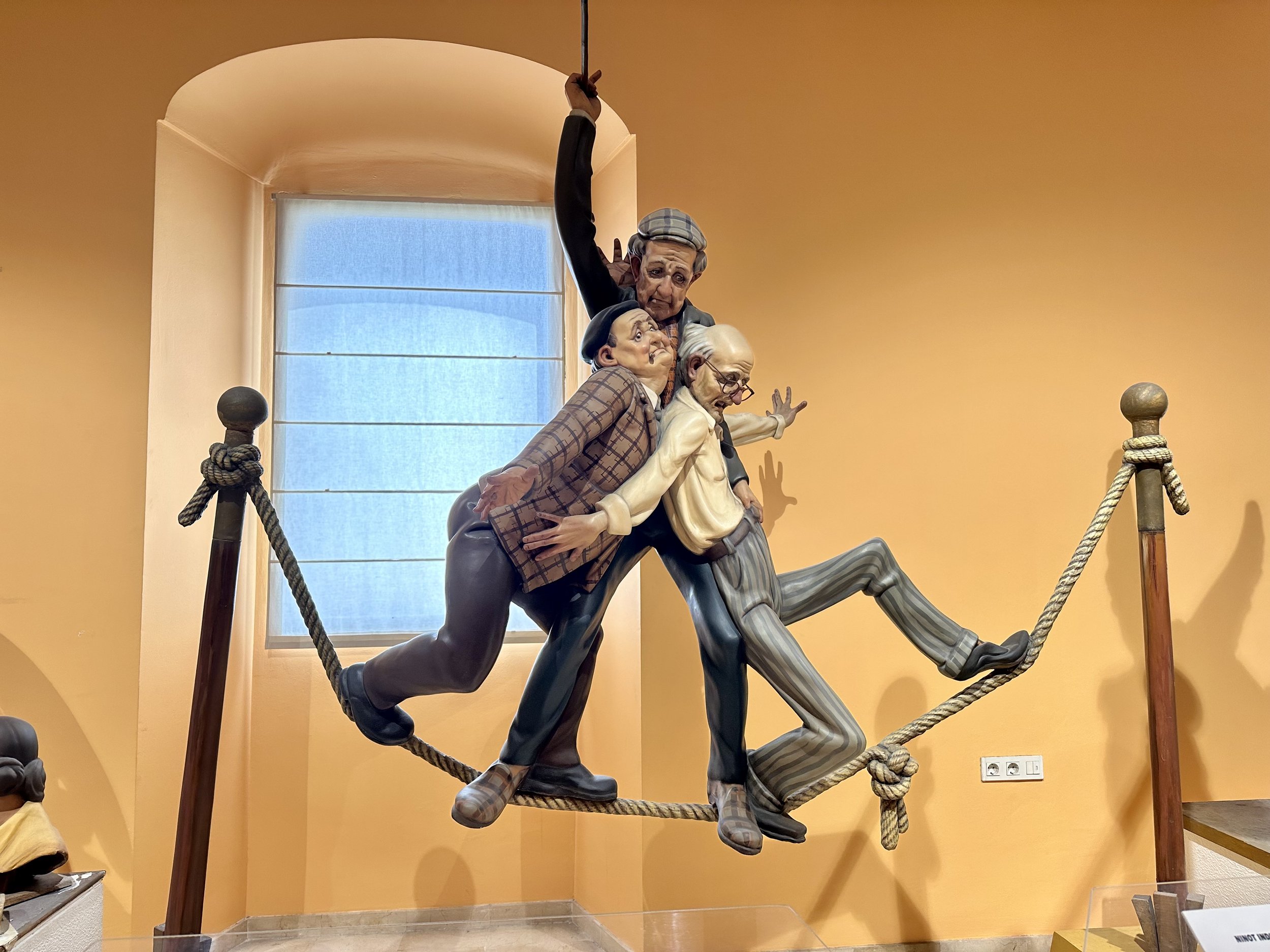
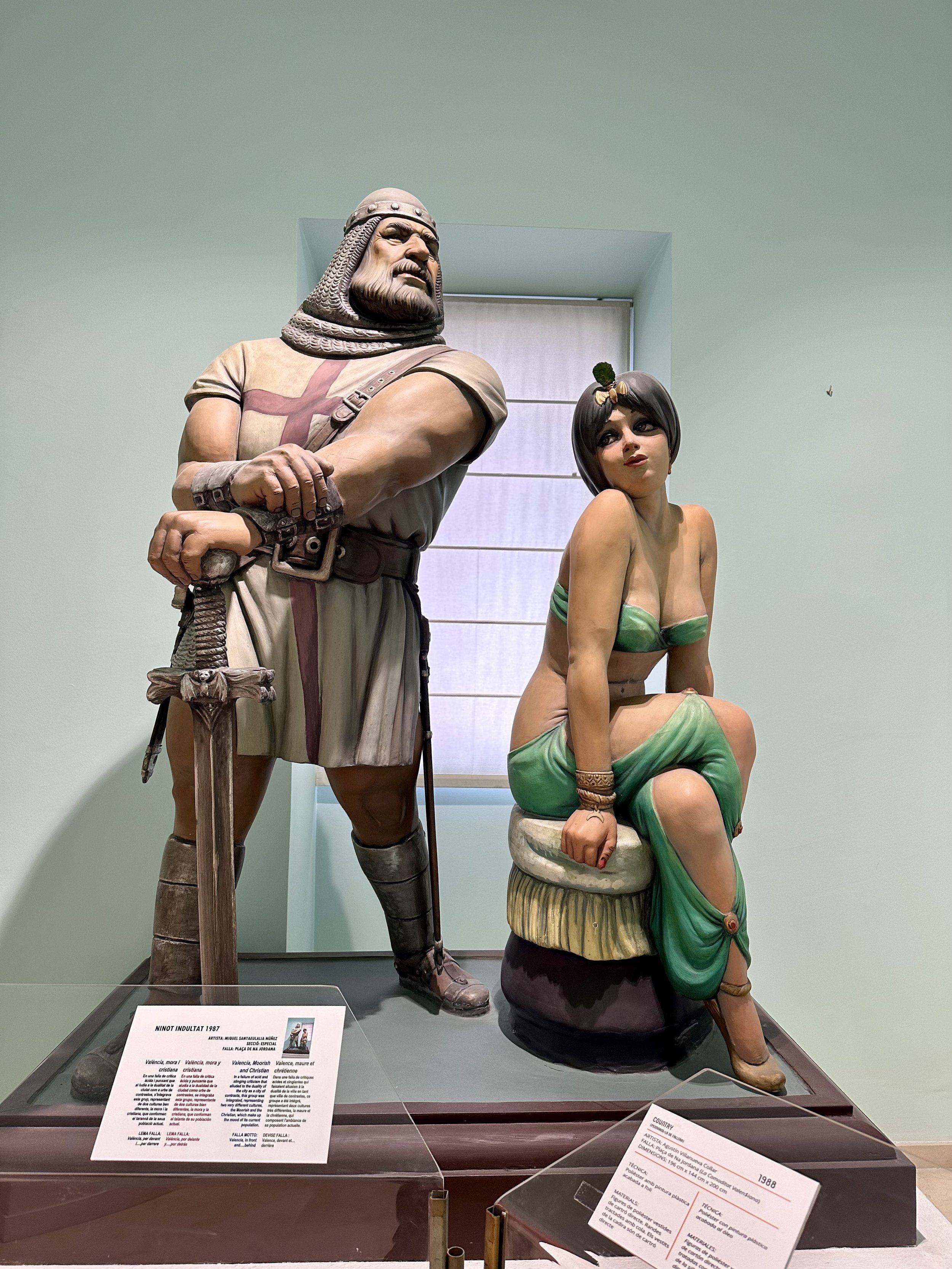
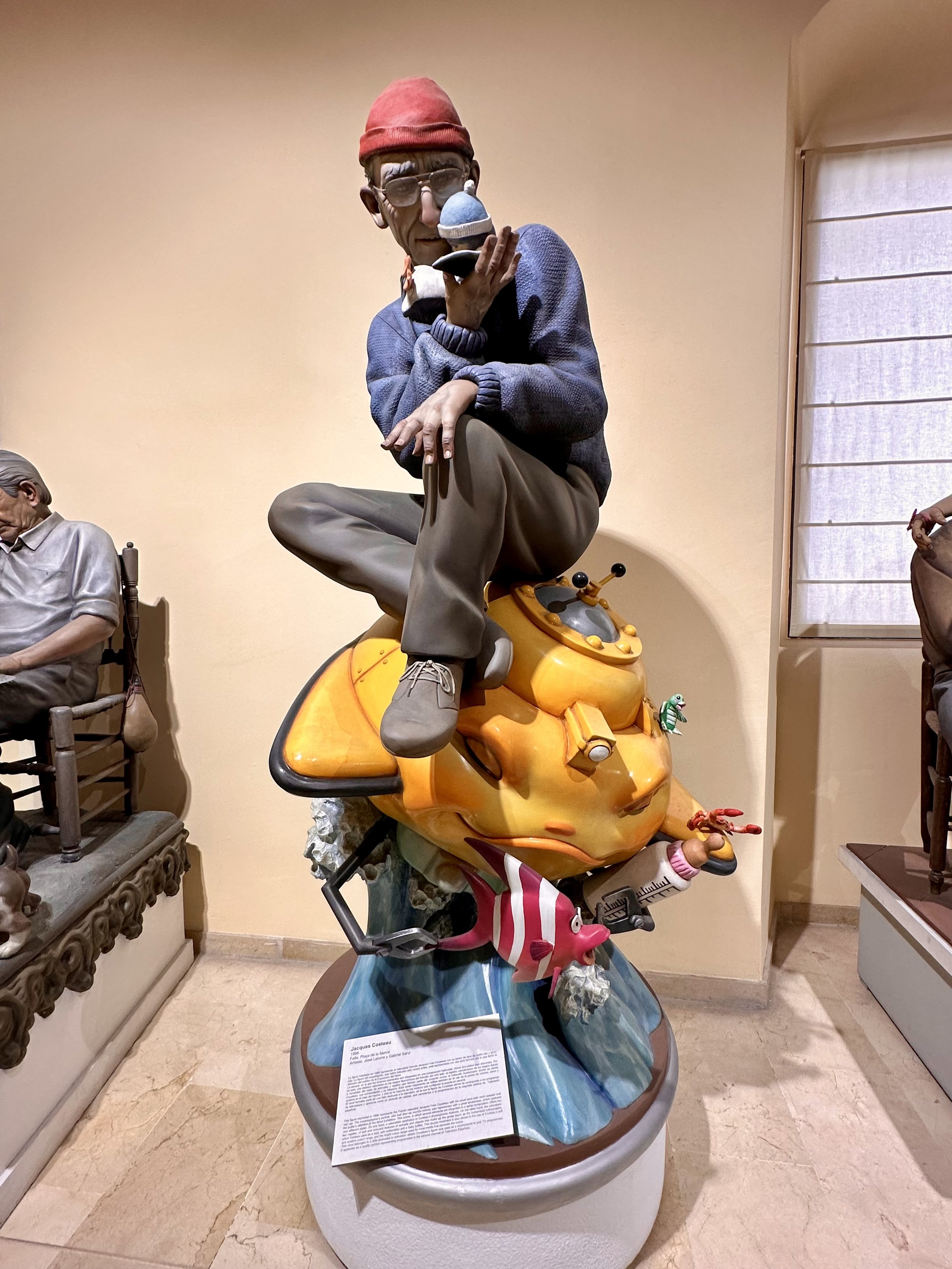
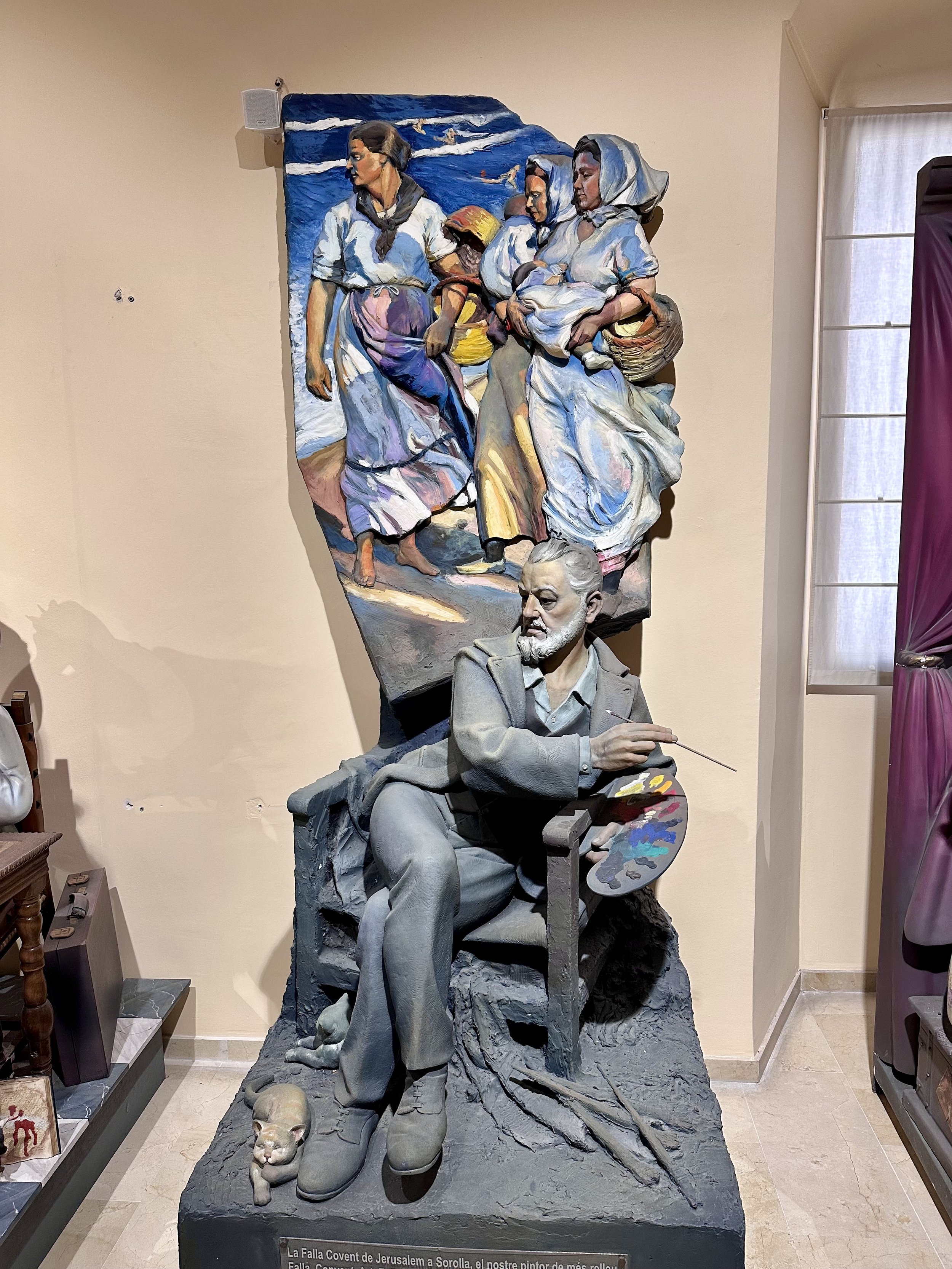

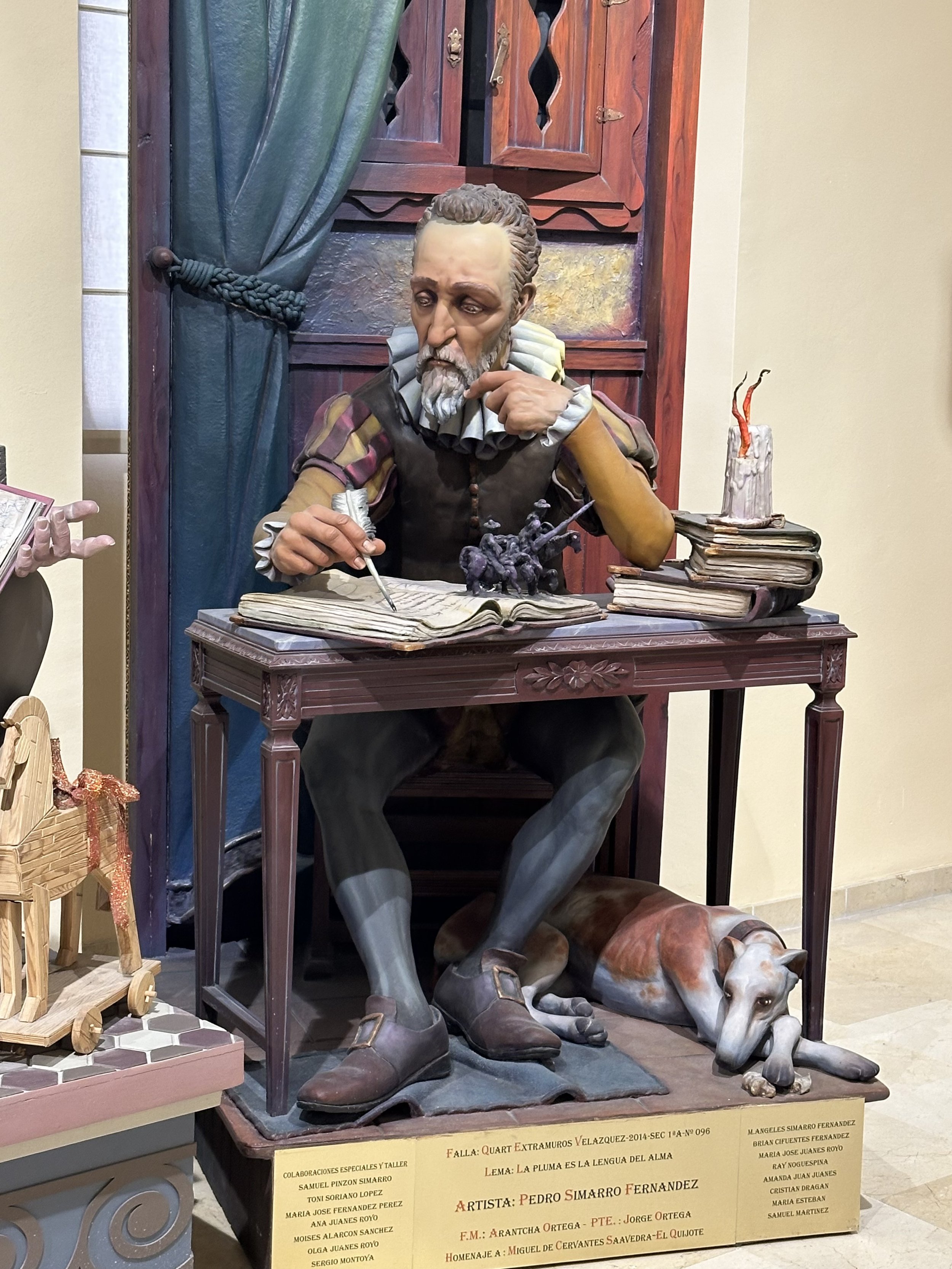
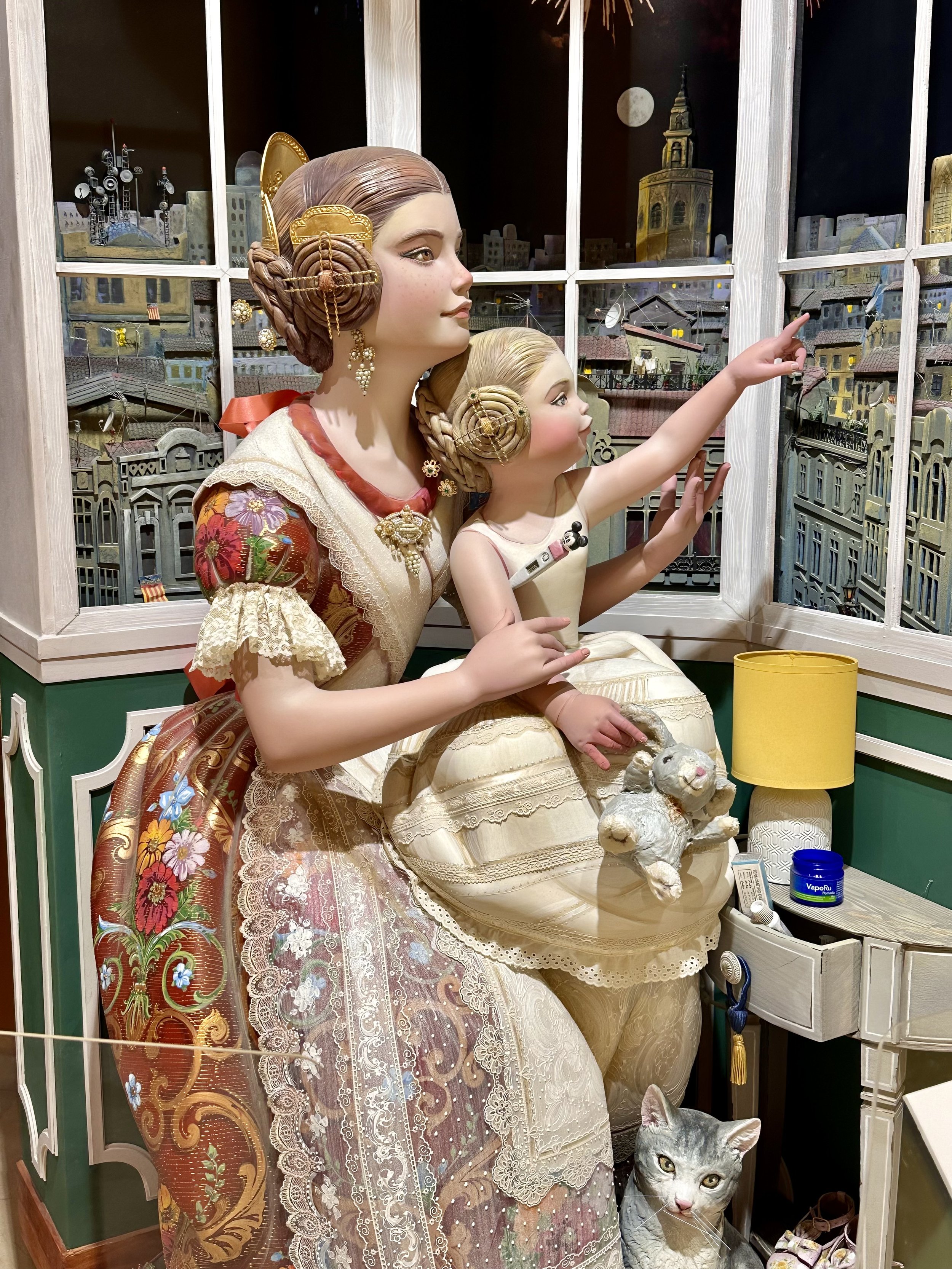
Thoughts
On October 29, 2024, two of Valencia’s neighboring counties were devastated when over a year’s worth of rain fell in one day. Over 220 people died tragically in the floodwaters. I imagine this recent loss must have been on the minds of many Valencians during The Fallas as they danced in the streets and watched the bonfires. Perhaps there was something especially cathartic about the celebration this year.
I’m not sure I want to experience The Fallas in person. There are pyrotechnics every day for 19 days, starting at 8am! People can wear earplugs, but what about all the dogs? The ninots, traditionally made from wood, cardboard, and papier-mâché, now contain styrofoam as well. Aren’t people concerned about inhaling the smoke from those bonfires? Still, it was fun to learn about such a fascinating tradition.
Videos
For anyone curious about these festivals, here are some videos that I liked: